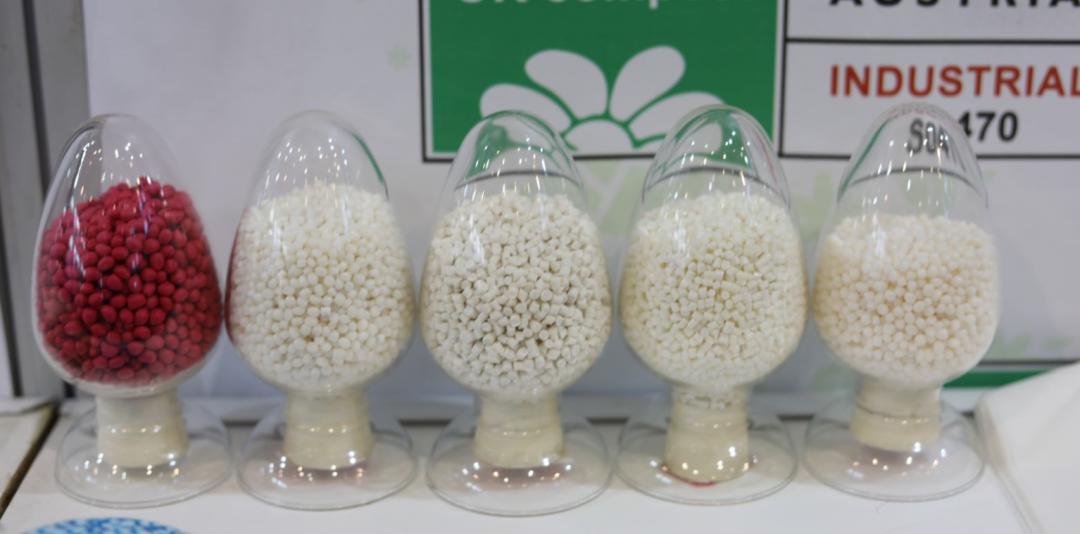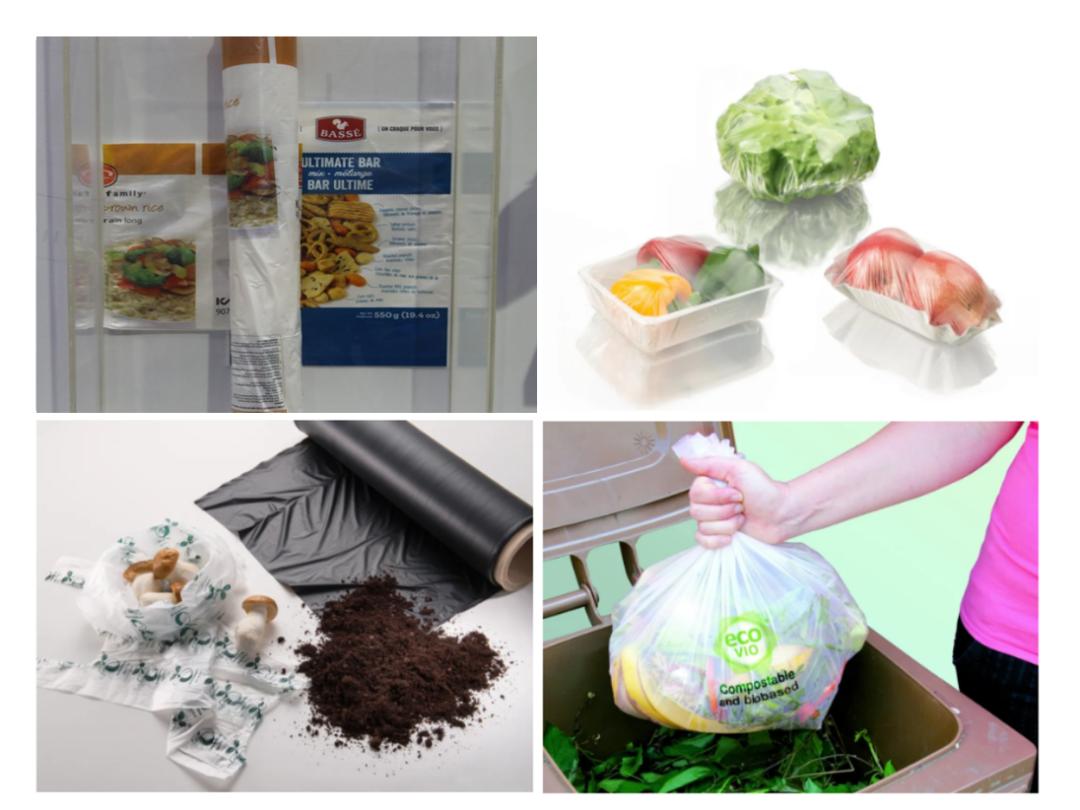Although both are biodegradable materials, their sources are different. PLA is derived from biological materials, while PKAT is derived from petrochemical materials.
PLA’s monomer material is lactic acid, which is usually ground up by husk crops such as corn to extract starch, and then converted into unrefined glucose.
The glucose is then fermented in a similar way to beer or alcohol, and eventually the lactic acid monomer is purified. Lactic acid is repolymerized by lactide to poly (lactic acid).
BAT polyterephthalic acid – butanediol adipate, belongs to the petrochemical biodegradable plastic, from the petrochemical industry, the main monomer is terephthalic acid, butanediol, adipic acid.
If the PLA is a young and strong little prince, then PBAT is a tender female network red. PLA has high modulus, high tensile strength and poor ductility, while PKAT has high fracture growth rate and good ductility.
PLA is like PP in general plastics, injection molding, extrusion, blow molding, blister can do everything, PBAT is more like LDPE, film bag packaging is good at.
PLA is light yellow transparent solid, good thermal stability, processing temperature 170 ~ 230℃, has good solvent resistance, can be processed in a variety of ways, such as extrusion, spinning, biaxial stretching, injection blow molding.
Similar to PP, transparency is similar to PS, pure PLA can not be used to directly prepare products, PLA has high strength and compression modulus, but its hard and poor toughness, lack of flexibility and elasticity, easy to bend deformation, impact and tear resistance is poor.
PLA is usually used to make degradable products after modification, such as disposable catering utensils and straws.
PBAT is a semi-crystalline polymer, usually the crystallization temperature is around 110℃, and the melting point is about 130℃, and the density is between 1.18g/ mL and 1.3g/ mL. The crystallinity of PBAT is about 30%, and the Shore hardness is above 85. The processing performance of PBAT is similar to LDPE, and a similar process can be used for film blowing. Mechanical properties of both PBA and PBT characteristics, good ductility, elongation at break, heat resistance and impact resistance. Therefore, the degradation products will also be modified, mainly in order to meet the performance requirements of the products, but also to reduce costs.
Although PLA and PBAT have different performance, they can complement each other! PLA supplement the stiffness of PBAT film, PBAT can improve the flexibility of PLA, and jointly complete the environmental protection cause.
At present, most of the applications based on PBAT materials in the market are membrane bag products. PBAT modified materials are mostly used for blowing film to make bags, such as shopping bags.
PLA materials are mainly used for injection molding, and PLA modified materials are mostly used for disposable catering utensils, such as degradable meal boxes, degradable straws, etc.
For a long time, the capacity of PLA is slightly less than that of PBAT. Due to the large bottleneck of PLA production technology and the lack of breakthrough in the progress of lactide, the capacity of PLA in China has not increased significantly, and the price of PLA raw materials is relatively expensive. A total of 16 PLA enterprises have been put into production, under construction or planned to be built at home and abroad. The production capacity has been put into production of 400,000 tons/year, mainly in foreign countries; Construction capacity of 490,000 tons/year, mainly domestic.
In contrast, in China, raw materials for PBAT production are easy to obtain, and the production technology is relatively mature. The capacity of PBAT and the capacity under construction are relatively large. However, the difference energy release time of PBAT may be prolonged due to the price fluctuation of raw material BDO, and the current price of PBAT is still cheaper than PLA.
As shown in the following table, the current PBAT under construction + planned construction is calculated based on the first-phase production capacity, plus the original production capacity, there may be 2.141 million tons of production capacity in 2021. Considering some actual first-phase production can not be successfully put into operation, the production capacity is about 1.5 million tons.
The original value of PLA is higher than PBAT, but because the membrane bag products are first affected by the policy, resulting in PBAT in short supply, at the same time, the price of PBAT monomer BDO rose sharply, the current beauty network red PBAT has been fast to catch up with the price of PLA.
While PLA is still a quiet little prince, the price is relatively stable, at more than 30,000 yuan/ton.
The above is the general comparison of the two materials. When communicating with industry insiders about which kind of material is more favorable in the future, everyone has different opinions. Some people think that PLA will be the mainstream in the future.
Some people think that PBAT will be the mainstream, because considering that the PLA is mainly from corn, can the problem of corn supply be solved? Although PBAT is petrochemical based, it has some advantages in raw material source and price.
In fact, they are a family, there is no mainstream contention, only flexible application, learn from each other in order to play the greatest power!
Post time: 19-10-21




